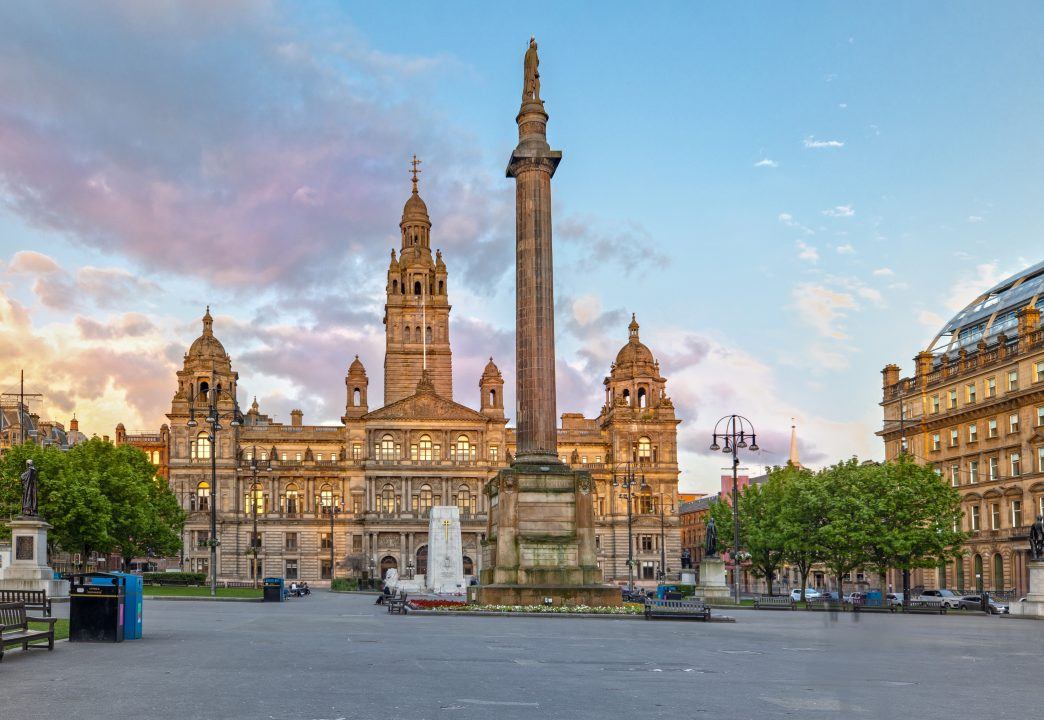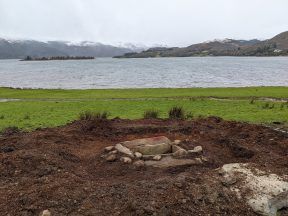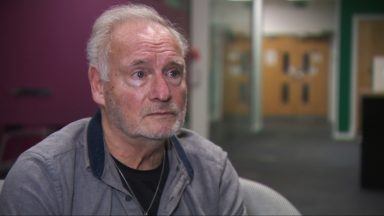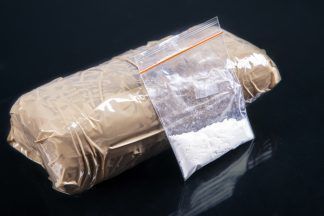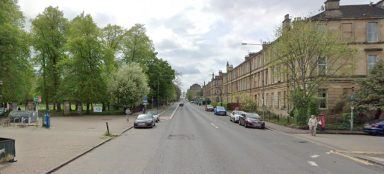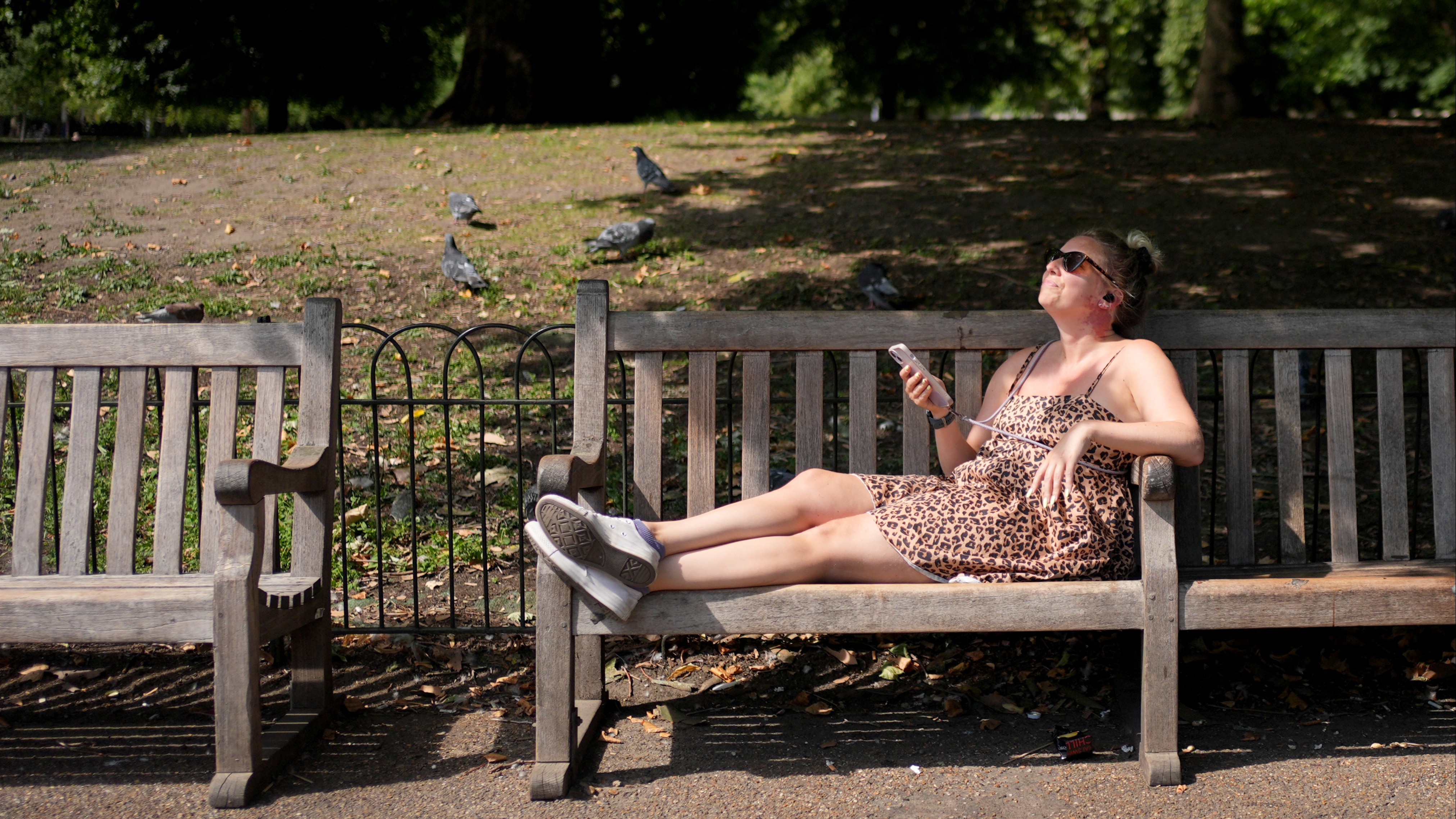Some statues could still be permanently removed from George Square as the council awaits the findings of a slavery and colonial legacy probe.
A revamp of George Square is set to start in January next year, when hoardings will be erected and 11 statues removed to storage for restoration.
During a council meeting today (Tuesday), an official said the “working assumption” is “the statues will return to the square”, with “some detailed, contextual interpretation” which would “place each statue into a historical context for members of the public”.
But she added: “We are flexible and agile and awaiting any instruction from the anti-slavery working group. If a decision was taken that one or more statues should not be brought back into the square, then the design would adapt accordingly.”
Her comments followed a question from Cllr Graham Campbell, SNP, who said the “recommendations from the slavery and colonial legacy working group” are set to go before a council committee “very shortly”.
He asked what could be done about statues that “we don’t think are appropriate to stay in George Square”. “For example, the two military figures that are there.
“One played a leading role in killing Indians resisting British colonialism, the other spent a lot of time killing a lot of enslaved Africans resisting slavery in the Caribbean.
“No doubt today we would not put up statues to such people.”
Cllr Campbell was referring to the statues of Colin Campbell and John Moore respectively.
A council-commissioned report on the city’s connections to the slave trade stated: “John Moore and Colin Campbell (both George Square) were in the British army, with identifiable roles in upholding the system of chattel slavery in colonies of the British West Indies.”
It was also revealed a new statue could be added to the square, after Cllr Soryia Siddique, Labour, asked if there was flexibility to display a different figure.
She suggested William Wilberforce who led the movement to abolish the slave trade, or “maybe somebody the public might want to recognise”.
The council official said: “The statues are going to be situated on top of stone plinths which are a separate structure, so in due course should there be a decision that a statue or more than one statue should be removed from the design, it would be possible to remove them.
“If we want to add it to, we’ve got a 12th plinth. We’ve currently got 11 bronze statues. That’s there as a flexible resource. It could be used for pop-up activity if we don’t have another statue coming in.”
Statues are expected to be returned to new locations on the finished square from July 2027 onwards. Designs show the Sir Walter Scott monument and the Cenotaph remaining in their current places.
The 11 statues set to be removed and restored are: Prince Albert, Robert Peel, Queen Victoria, Thomas Campbell, Sir John Moore, James Watt, Robert Burns, James Oswald, William Ewart Gladstone, Thomas Graham and Field Marshal Colin Campbell, Lord Clyde.
A contractor for the main redesign of the civic space is set to be appointed by February, with work at George Square expected to be completed by August 2026. Work on surrounding streets should be finished by April 2027.
The project will include a water feature, a raised lawn, sheltered seating and feature lighting. There is also set to be “informal ‘play’ areas for children”.
A further raised lawn green area will be created in front of the Cenotaph. The council has said the designs for the eastern part of the square respond to “its institutional character and the formality of the city chambers and the Cenotaph”.
At the western end of the square, there will be an area for cafes to spill out and paved space for events.
George Gillespie, the council’s director of neighbourhoods, regeneration and sustainability, said: “The confirmation of the timetable of works for the George Square project is clearly a significant stage in what will be a transformational scheme for Glasgow’s foremost civic space.
“A great deal of consultation led to the final design for the Square and reflects the ambition to build a space that respects the place the Square holds in our history and meets the future needs of the city and its visitors.”
Feature lighting has been considered as part of the design, which proposes “the use of gobo projects which are capable of projecting images on the floor of the square and also on the facade of the city chambers”.
Funding is being provided through the City Deal programme, a £1bn infrastructure scheme funded by both the UK and Scottish governments.
Follow STV News on WhatsApp
Scan the QR code on your mobile device for all the latest news from around the country


